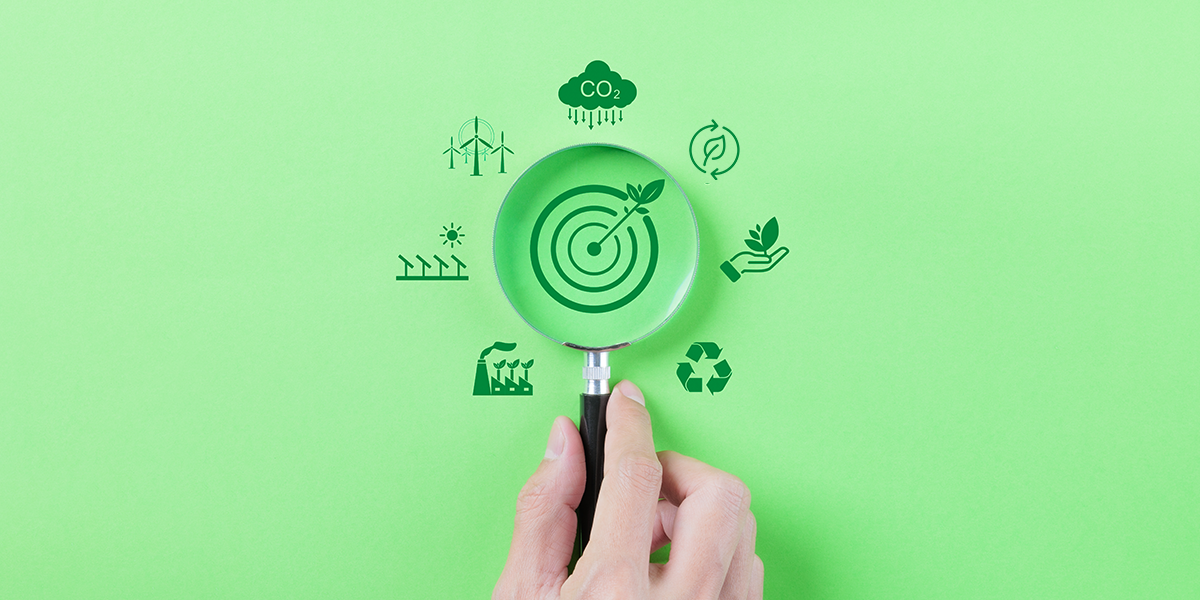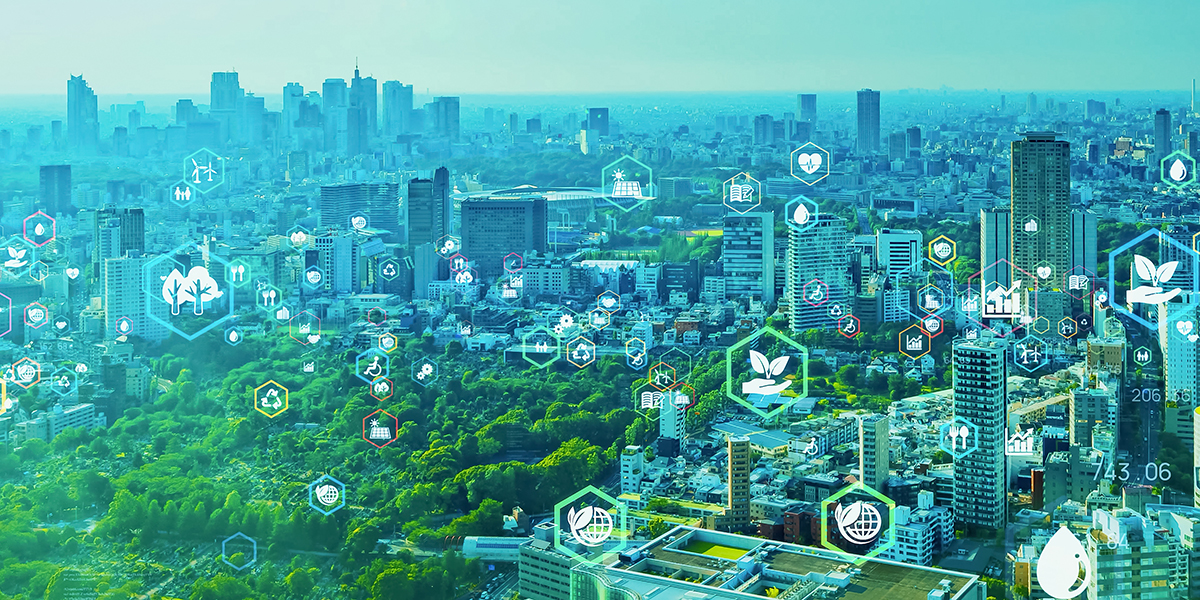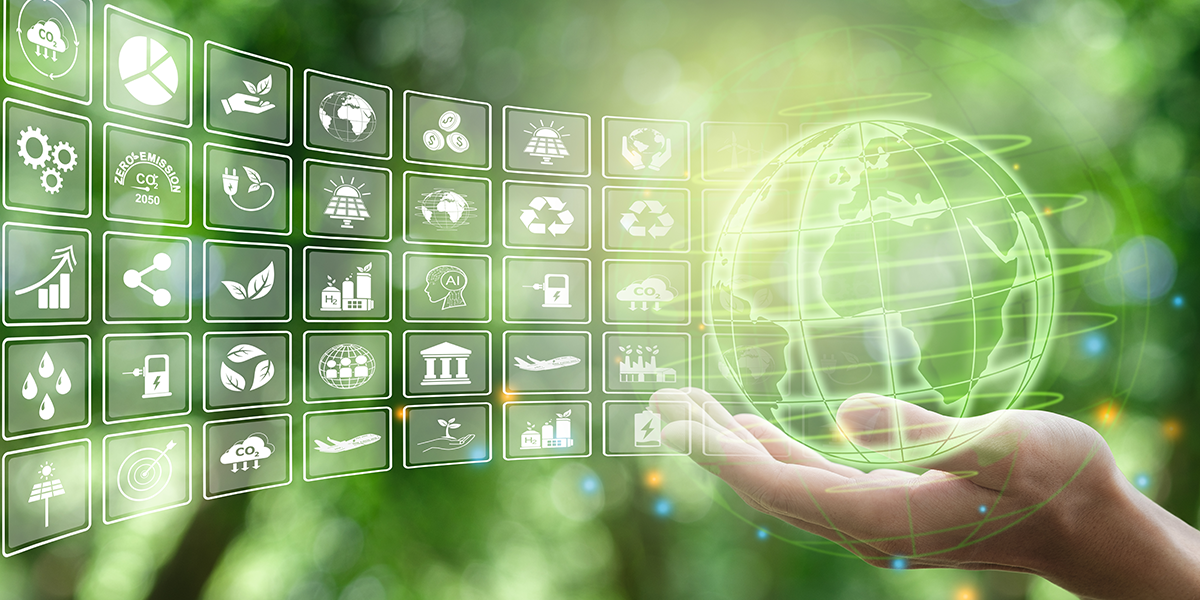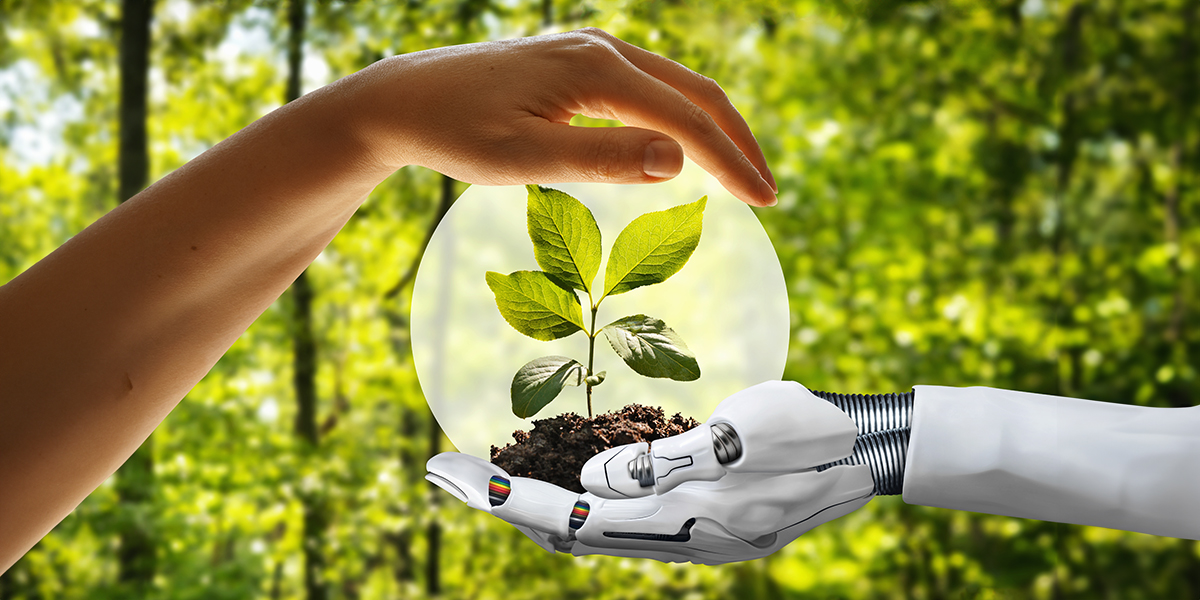What is a Green Building?
A green building is a structure designed and constructed to reduce environmental impacts and support sustainability. These buildings typically utilize energy-efficient devices, solar panels, and high-quality insulation materials, and prefer recycled materials for waste reduction. Green buildings aim not only to reduce environmental impacts but also to enhance user comfort and provide a healthy living environment.
The Importance of Green Buildings and Sustainability
The significance of green buildings stems from representing a modern approach aimed at preserving environmental sustainability and human health. These buildings are designed with various strategies such as energy efficiency, water conservation, waste reduction, and eco-friendly materials. Green buildings prioritize sustainability by reducing carbon footprints, combating climate change, and improving indoor air quality, thus contributing positively to human health.
LEED Certification and Green Building Standards
The Leadership in Energy and Environmental Design (LEED) program is globally recognized for green building standards and certifications. It aims to reduce buildings' environmental impacts, increase energy and water efficiency, enhance indoor air quality, and promote sustainability principles.
Buildings undergo evaluation for LEED certification based on predefined criteria and are scored across six different categories: Sustainable site selection, water efficiency, energy and atmosphere, materials and resources, indoor environmental quality, and innovation. LEED certification demonstrates that buildings meet green building standards, thus providing a reference point in sustainable development.
What is a Sustainable City and Why is it Necessary?
A sustainable city refers to a settlement area that supports balanced and healthy sustainability in environmental, economic, and social aspects. These cities are shaped by planning and management strategies that embrace sustainability principles such as energy and water efficiency, waste management, preservation of green spaces, and improvement of public transportation systems while reducing environmental pollution.
Sustainable cities play a significant role in combating climate change and enhancing the quality of life by providing livable and healthy environments, contributing to leaving a better world for future generations. Therefore, creating sustainable cities and reshaping existing ones according to sustainability principles are recognized as crucial requirements globally.
The Relationship Between Green Buildings and Sustainable Cities
The relationship between green buildings and sustainable cities plays a crucial role in achieving urban areas' environmental sustainability goals. Green buildings reduce environmental impacts and enhance indoor air quality by adopting sustainability principles such as energy efficiency, water conservation, waste reduction, and the use of eco-friendly materials. These buildings are considered fundamental elements of sustainable cities and contribute to their creation.
Examples include Copenhagen's policies promoting bicycle-friendly infrastructure, Freiburg's extensive utilization of solar energy, and Singapore's initiatives in water management and green space planning, among others. These sustainable city examples serve as inspirations to other cities and are regarded as pioneers in global environmental and social developments.
The Role of Green Buildings in Energy Efficiency and Combating Climate Change
Green buildings play a significant role in combating climate change by providing energy efficiency. Equipped with technologies such as renewable energy-based systems, high-quality insulation materials, and smart building management systems, these buildings minimize energy consumption, consequently reducing greenhouse gas emissions and carbon footprints.
Green buildings also generate their energy needs by utilizing renewable energy sources such as solar panels, wind turbines, and energy recovery systems. Thus, through energy efficiency and the use of renewable energy, green buildings serve as effective solutions in combating climate change.
Our renewable energy solutions, such as solar energy panels, transform many structures into more sustainable ones, combating climate change and striving to turn our facilities into "green" structures. At our Borusan Cat Adana facility, energy used is generated by solar panels on the building's roof. We are taking steps to implement this approach in our other facilities and offer solar energy solutions to our customers.
The Future of Green Buildings and Global Sustainability Goals
Green buildings are expected to gain further importance in the future as essential elements of global sustainability goals. The increasing population and urbanization lead to rising energy demand, emphasizing the growing significance of green buildings. The development and widespread adoption of green building technologies are considered critical in reducing the global carbon footprint, thereby making green buildings expected to become fundamental components of future development. Consequently, the proliferation of green buildings and broader adoption of sustainability principles are seen as critical steps in achieving global sustainability goals.











Hello!
As writers for theBClog, we share with you articles that highlight current developments and inspiring ideas in various topics, from sustainability to technology, energy to climate, and innovation to human interest stories.
Enjoy!